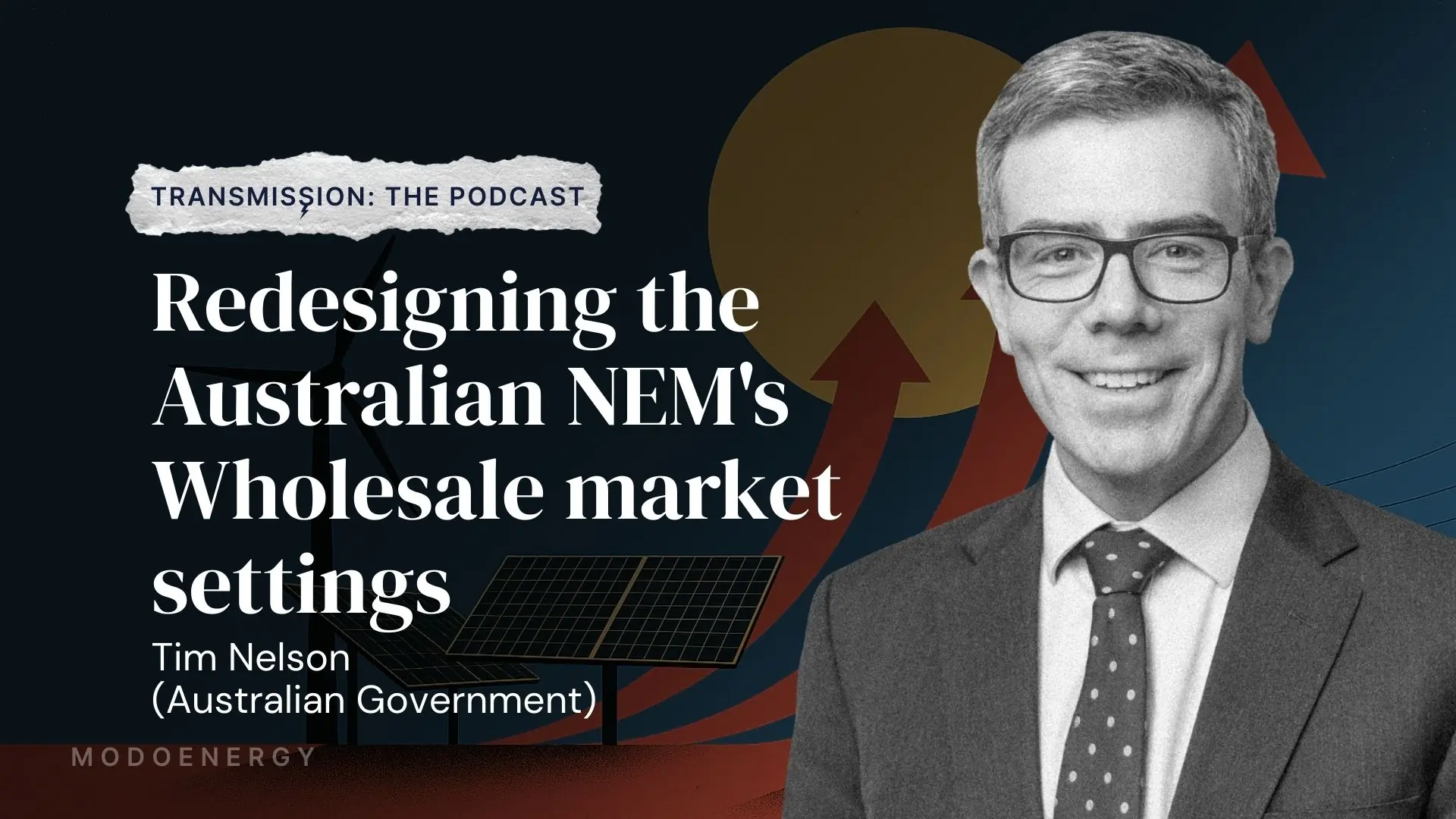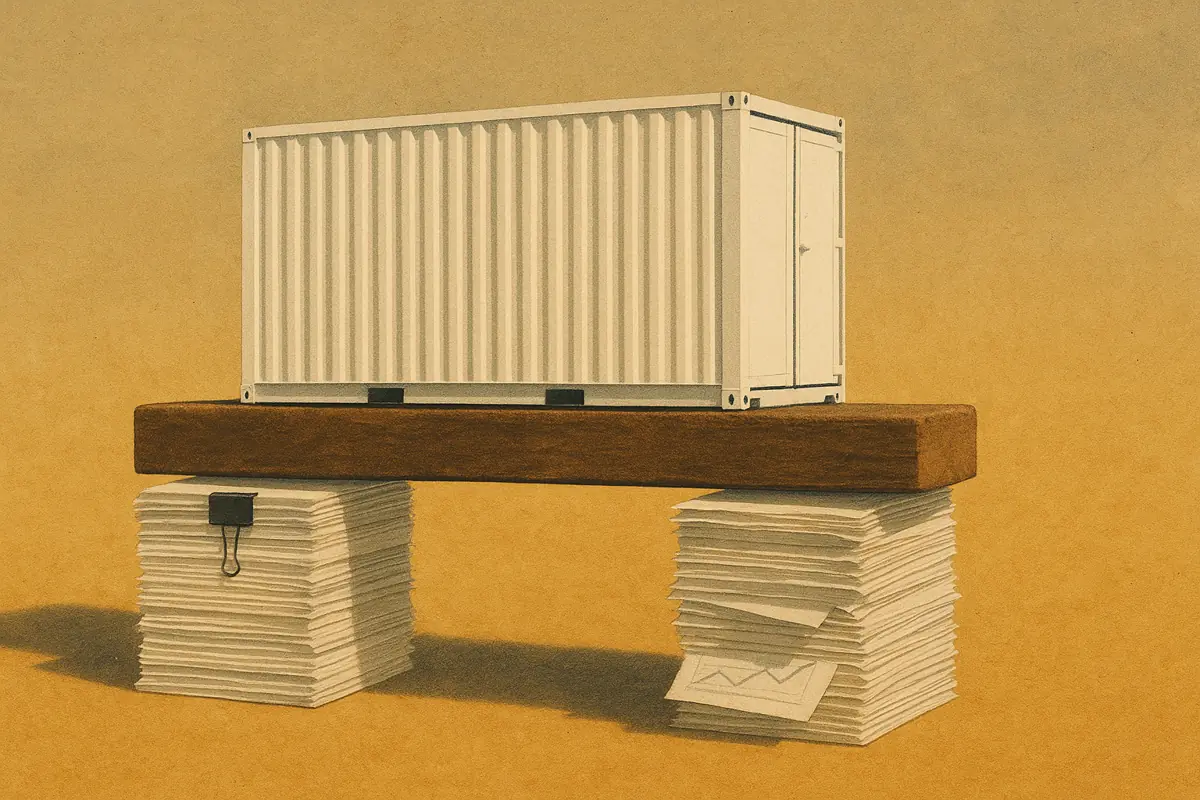On 30 September, Europe held its first day-ahead auction with 15-minute resolution.
After years of preparation, this is now the default design for power trading in Europe. 15-minute granularity is no longer reserved for the intraday market.
But the first run brought a few surprises. What signals can traders, asset owners, and investors take from the first day of trading under the new regime?
For any further information on this topic, reach out to the author - till@modoenergy.com
1. The sawtooth survived the first day-ahead auction
Many expected the first 15-minute day-ahead auction to smooth out the intraday’s trademark “sawtooth” price pattern.
It didn’t.
During the solar ramp-up, the last quarter-hour of each hour still cleared below the first quarter-hour of the next - recreating the familiar sawtooth.
Under the old hourly day-ahead design, the intraday market was used to “correct” block bids into ramps, often overshooting in both directions.
Quarter-hourly day-ahead products were expected to fix that - but the pattern persisted.
Why? Buy and sell volumes in the day-ahead market never align perfectly, leaving an “overbid” volume. When markets are tight, this pushes up prices in specific quarter-hours - producing the same sawtooth shape.
2. Thermal bids still anchor prices to the hour
Renewables can now bid directly in 15-minute intervals, so in theory, the solar ramp should look smoother. The TSOs (which sell a large part of Germany’s solar generation) have switched to 15-minute marketing swiftly.
But block bids, still dominated by thermal plants, keep prices tied to hourly steps.
Roughly half of thermal volumes were still offered as full-hour blocks. Accepted bids drop sharply at the end of each hour, regardless of the underlying solar profile.
Thermal generators bid in blocks to stay “in the money” - avoiding the cost of starting up for just one hour, or worse, a single 15-minute slot.
When these block bids clear in-merit, they can set the supply shape for the whole hour.Prices then reflect the average cost of thermal running, even if the plant is only essential in certain intervals.
Over time, smarter use of 15-minute bidding could change this. If thermal plants submit bids that align with the solar ramp – ending on any quarter-hour, instead rigidly on the full hour – the sawtooth should flatten out.
3. Auction volumes are falling in IDA 1
Traded volumes in the first intraday auction (IDA 1) have dropped. It runs just three hours after day-ahead and is mainly used for reshaping renewable production profiles. With quarter-hourly products, participants can now align positions more smoothly in day-ahead, reducing the need for IDA 1.
The second intraday auction (IDA 2) is used more for rebalancing based on forecast changes. That role has been largely unaffected by day-ahead design.
Day-ahead volumes have edged higher, but not enough to mark a structural change.
4. Continuous Intraday volumes remain high
Despite the shift to 15-minute day-ahead products, liquidity in continuous intraday trading (IDC) has barely changed. On 1 October, about 900,000 trades cleared in IDC, in line with the September average.
Why? The drivers of IDC activity are different:
- Forecasts shift throughout the day, forcing constant rebalancing.
- Liquidity makers – from non-physical traders to battery optimisers – keep churning volumes to capture spreads and optimisation gains.
In other words, the move to 15-minute day-ahead auctions doesn’t reduce the need for intraday flexibility. For traders, intraday remains the go-to venue for fine-tuning positions and extracting incremental value.
5. Batteries are well-suited for 15-minute flexibility
In the longer term, the 15-minute granularity will bring sharper price signals, more volatility, and far more complexity to the day-ahead market – with 96 settlement periods per day instead of 24.
For batteries, this means:
- More day-ahead volatility = more upside. Quarter-hour spreads create short-lived peaks and troughs that storage can capture better than any other asset.
- Better physical fit. Batteries already operate on extremely short timescales – now the day-ahead market values that agility.
- Intraday trading will stay strong. Intraday continuous trading remains a core revenue driver. Batteries can still re-optimise and churn their volumes in IDC.
The bottom line: the reform is not a threat to batteries – but makes it even more important to model, forecast, and manage risk at this new scale of granularity.







